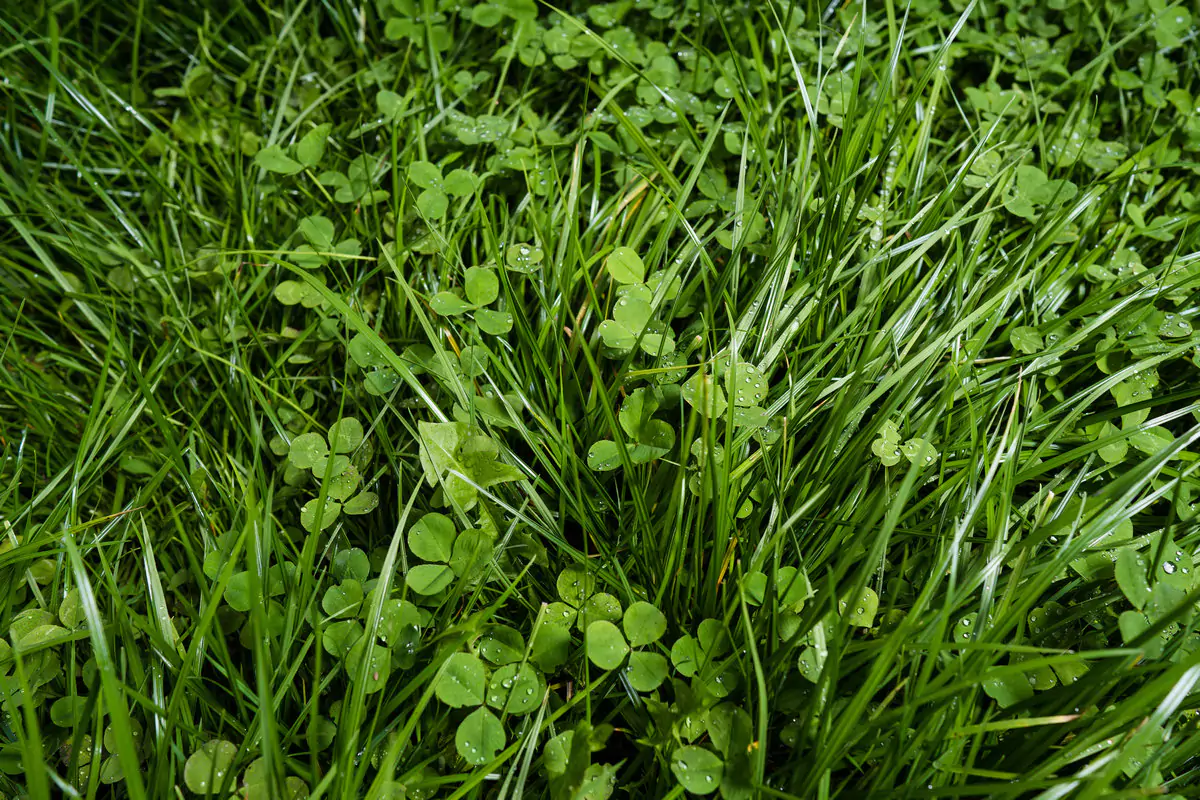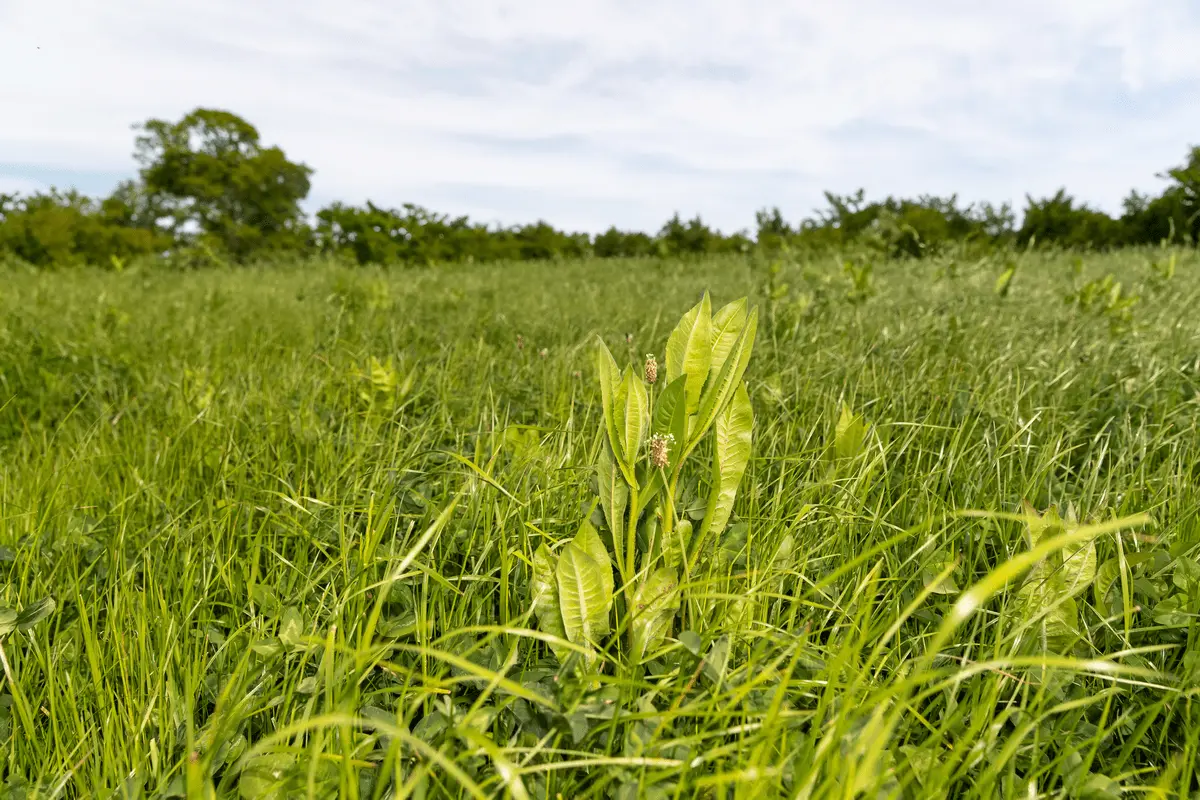In 2023, we noticed that while input costs were a concern throughout the year, weather issues came to the fore in autumn and have carried into 2024. Grassland expert William Fleming reflects on 2023 and looks ahead to what might be in store for this year.
Stormy weather
In spring, we found that challenging weather forced many farmers to delay reseeding plans. While summer began quite dry in June, there was much more rain in July and August than in recent years.
This impacted the quality of grass and maize cut for silage, as confirmed by Dr Liz Homer. Meanwhile, some farmers were even forced to leave maize in the field.
Weather conditions remained challenging for Scottish farmers, who struggled with persistent wet weather into autumn. Meanwhile, there was enough dry weather in Southern England for farmers to put seed in the ground in autumn. Unfortunately, this seed could be at threat from flood conditions caused by Storm Henk, but more on that later.
Price volatility in markets
While beef and lamb producers benefited from price increases in 2023, dairy prices dropped by nearly 30% in the first two quarters, according to Farmers Guardian. This made it difficult for dairy farmers to allocate a significant budget to reseeding.
Price volatility has also been an issue in the artificial fertiliser markets, which is why Germinal is continuing to develop and encourage the uptake of clover.
By incorporating clover in leys, grassland farmers can fix natural nitrogen from the atmosphere and cut down artificial applications once clover is established. Applications can be targeted to spring and autumn when clover is not fixing atmospheric nitrogen due to lower soil temperatures.
Sustainable Farming Incentive
SFI opportunities came back with renewed vigour following Defra’s September update to the scheme. But the changes haven’t stopped there. Tweaks to the scheme were made in 2023 with Steve Barclay, Secretary of State for Environment, Food and Rural Affairs, announcing further changes at the start of 2024.
With SFI and other support payments subject to changes in England, this has made it challenging for farmers to stay up-to-date with the rules and ensure they remain compliant.
This is our latest understanding of the SFI actions for soils, in which multi-species play a fundamental role. Follow the link for a full breakdown.
Growing interest in multi-species swards
From autumn onwards, we saw a resurgence of interest in multi-species swards, due to their suitability for the actions for soils payments, including SAM3 Herbal Leys. In 2024, we anticipate more farmers will be sowing multi-species.
While attending regenerative events in 2023, we noticed that multi-species and herbal leys were high on farmers’ agendas. It’s unsurprising, given the production and sustainability benefits of multi-species, which can improve soil health.
2024 grassland challenges
Looking ahead this year, two of the biggest threats could be extreme weather and rising input costs, according to the Farmers Weekly Sentiment Survey.
From September to December, GB farmers have endured seven named storms. Then came Henk at the start of January, wreaking havoc across England and spawning more than 600 flood warnings.
Unfortunately, this is going to set many grassland farmers back with spring on the horizon. The damage must be assessed and plans devised for safeguarding against future issues and restoring grass and forage crops. The Farming Recovery Fund is offering grants of up to £25,000 to farmers who have suffered uninsurable damage.
However, given there have been an average of 1.75 storms per month from September to December, it is likely there will be more extreme weather challenges to come in 2024.
When reseeding, it helps to include diploid grasses in mixtures to create a denser sward that’s better at withstanding wet conditions. Where maize is planned for 2024, it can make sense to undersow with grass to minimise soil erosion.
The importance of homegrown forage
As for input costs, this was farmers' greatest concern in 2022 (according to Farmers Weekly Sentiment Survey) and remains a top-four worry for 2024. A combination of pandemic-induced supply chain issues and inflation have made farmers question input costs to a greater extent than ever.
Germinal has always encouraged farmers to maximise production from homegrown forage. With forage, farmers can increase DM intakes in stock to lift production and increase the amount of homegrown protein consumed. For any farmers wanting to get more from forage, Germinal has products and solutions to make that happen in 2024.
By using Aber High Sugar Grass mixtures, farmers can produce forage that’s more efficient for livestock to digest. With water-soluble carbohydrate feeding rumen microflora, livestock capture more protein from Aber HSG. This cuts ammonia and nitrous oxide emissions while increasing meat and milk production.
Adding clover to grassland systems enables farmers to cut back on artificial nitrogen, once the crop is established. This can have a threefold benefit, with clover providing nutritious homegrown forage, cutting input costs, and acting as a climate smart farming solution by reducing emissions.
While input costs and economic concerns put some off reseeding, it’s important to measure grass growth and identify when leys are underperforming. If growth slips too far, then this impacts overall forage production and it might be a case where it’s worth asking, ‘Can I afford not to reseed?’
Ask the forage experts
Want to discuss your forage requirements in 2024 with a Germinal expert? Why not get in touch below.



